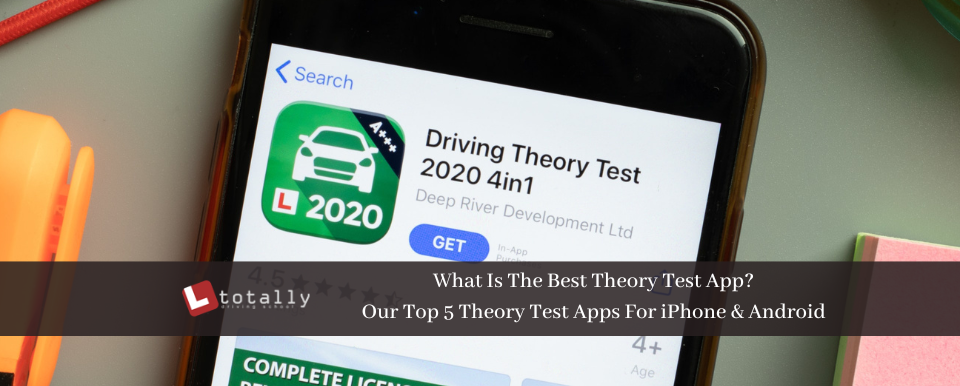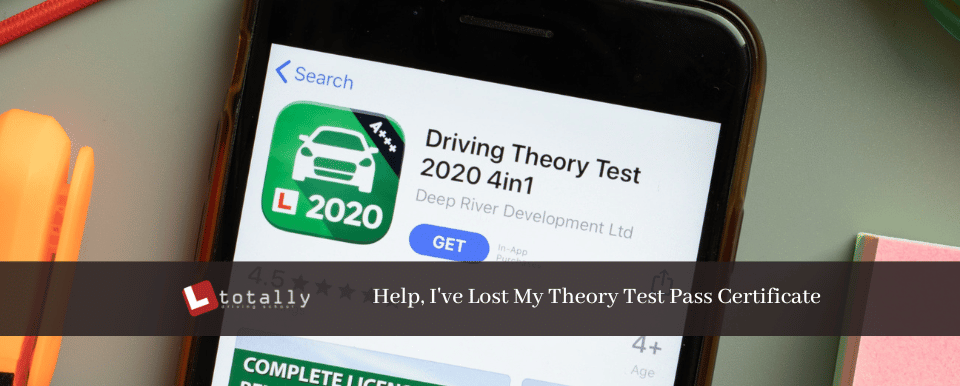How Many Driving Lessons Do I Need To Pass?

Can Learners Drive on the Motorway? Here’s What You Need to Know
17th March 2025
VAT & Parking: What You Need To Know
16th May 2025How Many Driving Lessons Do I Need To Pass?

Wondering how many driving lessons you need before passing your test? On average, beginner drivers require around 45 hours of professional lessons plus 22 hours of private practice. This number can vary based on factors like your learning pace and prior experience. This guide will break down what to expect and how to tailor your learning to your needs.
Key Takeaways
- On average, learners require about 45 hours of professional lessons and 22 hours of private practice to pass the driving test, though individual needs may vary significantly.
- Private practice is essential, as learners who combine it with professional lessons are 50% more likely to pass their driving test and gain valuable experience in diverse driving conditions.
- The frequency of driving lessons impacts skill retention; more regular lessons lead to faster progress, and choosing an effective instructor is critical for optimal learning outcomes.
Average Number of Driving Lessons

On average, people require 45 hours of professional driving lessons alongside approximately 22 hours of private practice to successfully pass their driving test. While this might seem like a lot, these numbers are averages and can vary significantly from person to person. For novice drivers with no previous experience, the average number of driving lessons needed is about how many driving lessons is about 34 hours. Some learners might require as few as 20 to 30 lessons to reach test readiness.
These averages serve as a useful benchmark, but various factors can influence them. Learners who practice driving more frequently and in varied conditions tend to require fewer professional lessons. The ultimate goal is not just to clock in a certain number of hours but to ensure that you feel confident and competent behind the wheel.
Factors Influencing Lesson Count
How many lessons a learner needs can depend on many factors. For instance, younger individuals may need longer to develop driving skills compared to older learners who typically learn faster. People with prior driving experience may also require fewer lessons to pass their test. Regular practice and road experience significantly contribute to a driver’s growing confidence over time.
Another crucial factor is the learner’s style and pace of learning. Some individuals grasp driving concepts quickly, while others may take more time to become comfortable behind the wheel. Thus, learning style influences how quickly individuals grasp driving concepts. Supplementing lessons with private practice can reduce the number of professional driving lessons needed. Regular practice between lessons reinforces skills and boosts confidence while driving.
Lastly, the frequency of lessons plays a pivotal role. Learners who take lessons regularly tend to progress faster than those who have sporadic, irregular lessons. This consistency helps in retaining previously learned skills and building new ones more effectively.
Importance of Private Practice
Private practice is a critical component of learning to drive. It is recommended that learners also engage in approximately 22 hours of private driving practice to improve their chances of passing. Practising with a qualified friend or family member can help reduce the need for extra professional lessons, thus saving money.
Learners who combine professional lessons with private practice are 50% more likely to successfully pass the driving test. Private practice allows learners to gain experience in diverse driving conditions, which is crucial for building their driving skills. This practice complements formal lessons and significantly influences the speed of learning.
Regular practice between lessons reinforces skills and boosts driving confidence. It’s more affordable for learners to practice with family members, but it’s recommended that they also receive proper instruction from a qualified instructor. Your dedication and practice outside of formal lessons significantly influence the speed of learning.
Weekly Driving Lesson Frequency
How frequently you take your driving lessons can significantly impact how quickly you learn and retain driving skills. The frequency of lessons affects learning speed; more frequent sessions can enhance skill retention. It’s essential to maintain a consistent lesson schedule to avoid forgetting previously learned skills.
As learners progress, reducing the frequency to one lesson per week helps to reinforce skills. This gradual reduction ensures that the learner can retain and apply their knowledge effectively, making them more prepared for the practical driving test.
Choosing the Right Driving Instructor
Choosing the right driving instructor is crucial for effective learning and comfort. Instructors should have valid licenses and certifications to ensure they are qualified. Experience plays a vital role; instructors with more years of teaching often have better methods. Recommendations from friends or family can provide trustworthy insights into potential instructors.
Checking for qualified instructors through DVSA-approved listings online is beneficial. Observing a lesson can help assess an instructor’s teaching style and communication effectiveness. Finding an instructor whose personality aligns with yours can enhance comfort and learning.
Learners often struggle when instructors follow inconsistent lesson plans, leading to confusion and hindered skill development. Using a generic teaching approach can frustrate learners, as individuals have varying learning paces and styles. Thus, choosing the right driving instructor is crucial for effective learning and comfort.
Preparing for the Practical Driving Test
Preparing for the practical driving test involves more than just clocking in how many hours behind the wheel. The average learner driver should complete about 45 hours of professional lessons along with 22 hours of private practice to improve their chances of passing the driving test. Driving lessons combined with private practice can improve the likelihood of passing the driving test by 50%.
Understanding the test format, including the number of manoeuvres required, helps in better preparation. Keeping up-to-date with changes in driving laws is essential; outdated teaching can misinform students and affect their test readiness. It’s beneficial to practice the manoeuvres covered in the driving test, such as parallel parking and emergency stops.
Not practising driving manoeuvres can leave learners unprepared and anxious during their driving test. Familiarising oneself with the driving test route can enhance performance on the test day. Familiarity with test routes can help reduce anxiety and improve performance during the practical driving test.
Impact of Vehicle Type: Manual vs. Automatic
The choice between manual and automatic vehicles can significantly influence the number of lessons needed and the learning experience for new drivers. Driving a manual vehicle typically requires more practice due to the need to manage gear shifts and the clutch, which can be complex for beginners.
Automatic vehicles are generally easier for new drivers, as they do not require manual gear changes, making the driving experience less daunting. Manual car driving lessons may lead to a more engaging driving experience, allowing drivers greater control over the vehicle’s performance.
Overall, the choice between manual and automatic vehicles significantly influences the number of lessons needed and the learning experience for new drivers.
Budgeting for Driving Lessons

Managing the cost of driving lessons is an important aspect of learning to drive. Many driving schools provide discounts for block-booking multiple lessons, which can lead to significant savings. Booking driving lessons in blocks can offer discounted rates compared to individual lessons and typically reduces the hourly cost.
While block bookings can save money, they may require upfront payment and commitment to a specific instructor. Comparing prices between different driving instructors and schools can help you find the most affordable lessons available. Intensive driving courses may have higher initial costs, but can be more cost-effective as they often require fewer lessons overall.
It’s important to consider additional costs such as theory and practical driving test fees, which can add around £100 to the total expense. Automatic driving lessons often incur higher costs compared to manual lessons, primarily due to the lower availability of experienced instructors for automatic vehicles. Understanding the payment process and cancellation policies is important before committing to lessons.
Building Confidence Behind the Wheel

Building confidence behind the wheel is essential for any new driver. Anxiety management techniques can help reduce nerves before taking the driving test. Planning routes in advance helps drivers feel more prepared and knowledgeable, reducing anxiety before embarking on a journey.
Practising in quiet areas can build confidence before tackling busier roads. Using ‘P’ plates can help inform other drivers that a person is newly qualified, allowing them to give more space and reduce pressure. Avoiding distractions like loud music helps new drivers maintain focus until they become more comfortable behind the wheel.
Constructive feedback is crucial; instructors who avoid giving it may hinder their students’ ability to improve. Simulators enhance the learning experience by providing immediate feedback on performance and techniques. Remaining calm and focused during driving lessons is crucial for effective learning and skill development.
Common Mistakes to Avoid
Proper preparation for the practical driving test is essential. Failing to properly prepare can lead to unexpected challenges and potential failure. Developing confidence behind the wheel requires consistent practice and positive reinforcement. Relying solely on professional lessons without additional practice may slow progress; personal practice sessions are critical for skill reinforcement.
Tips for Accelerating Your Learning
There are several ways to speed up your learning process and effectively prepare to pass your driving test. To quickly enhance your driving skills, consider taking intensive driving courses, which condense lessons into a shorter time frame. Advanced driving courses, such as Pass Plus, are designed to enhance skills and boost confidence for newly licensed drivers.
An experienced driving instructor can significantly impact how quickly you learn to drive effectively. Studying for the driving theory test from the beginning is essential, as it covers vital driving concepts that support practical learning. Learning to maintain appropriate speed and understanding speed limits is vital for safe driving.
Summary
Summarise key points covered in the blog post. Recap the importance of the average number of driving lessons and hours of practice, the impact of private practice, the significance of choosing the right driving instructor, preparing for the practical test, and more. End with an inspirational note, encouraging readers to stay committed and confident in their journey to becoming competent and safe drivers.
Frequently Asked Questions
How many driving lessons do I need to pass?
To pass, you typically need around 45 hours of professional driving lessons and an additional 22 hours of private practice. This combination is considered sufficient for most learners to achieve competency.
What factors influence the number of lessons needed?
The number of lessons needed is influenced by age, prior driving experience, learning style, and the frequency of lessons alongside private practice. Thus, these factors can significantly impact the overall learning process.
Why is private practice important?
Private practice is essential as it reinforces skills learned in professional lessons, enhances confidence, and can also lower overall lesson costs. Engaging in private practice allows for a deeper understanding and mastery of the material.
How often should I take driving lessons?
Taking driving lessons consistently every week is advisable to improve skill retention and ensure effective progress. Regular practice reinforces learning and builds confidence.
How can I budget for driving lessons?
To effectively budget for driving lessons, consider block booking for discounts, compare prices among instructors, and include additional costs such as test fees in your total budget. This approach will help you manage expenses efficiently.



